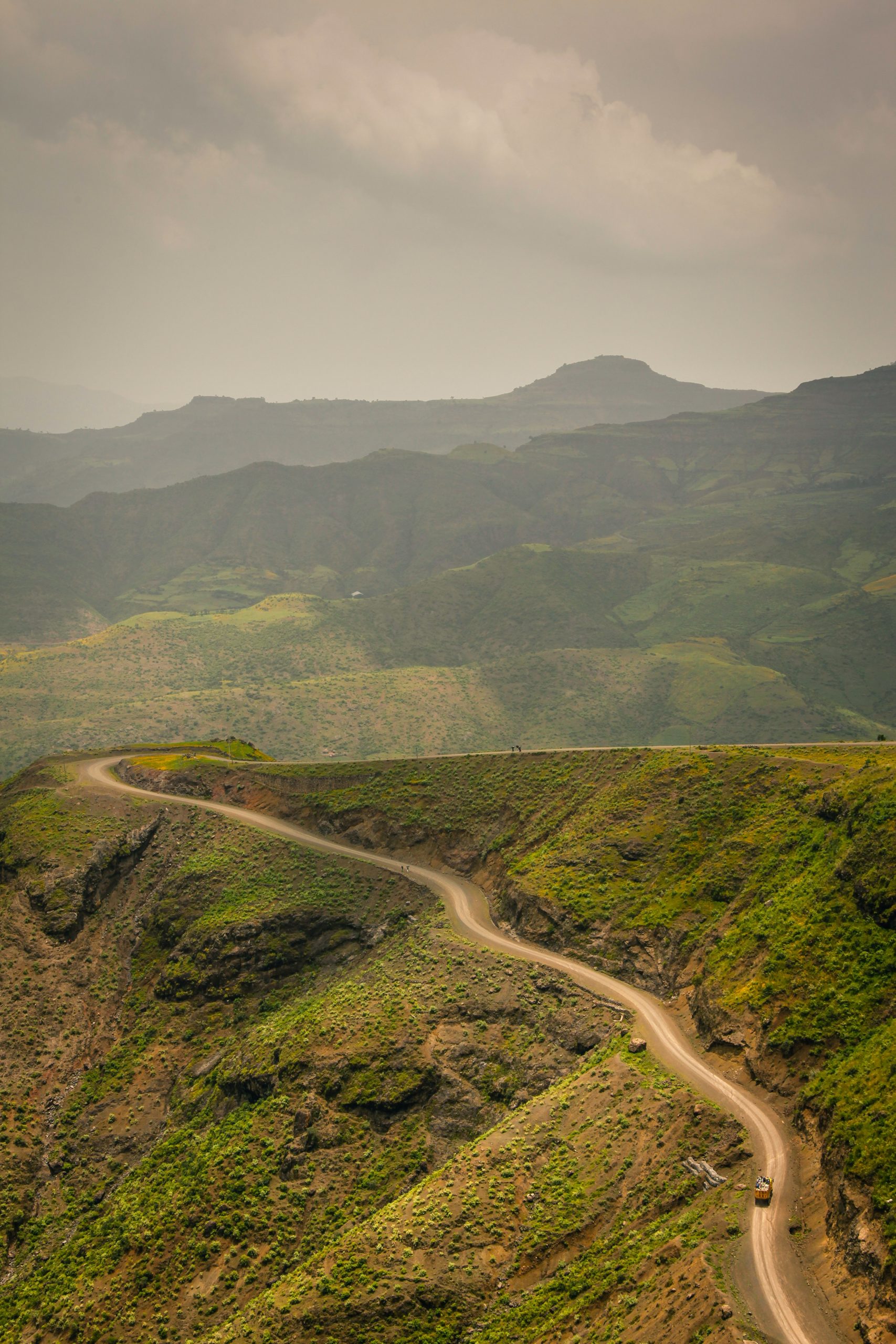chevron_left Back to Resources
Urban natural assets for Africa handbook series: Handbook 2
library_books
Publications & reports




Download:
Related ICLEI Pathway(s)
Nature-based development
Resilient development
Equitable and people-centered development
About
Resource summary
HIGHLIGHTS FROM THIS HANDBOOK
- Town planners’ traditional use of spatial development frameworks and land-use plans to identify key natural assets and make infrastructure-related decisions is only half the answer when it comes to protecting nature.
- To build resilient cities and prevent urban encroachment on open green spaces, a novel way of thinking is required that shifts the focus from simply demarcating natural assets on land-use maps (‘planning around nature’) to using nature as a tool to guide city planning (‘planning with nature’).
- This approach has been applied effectively in Lilongwe, Malawi, where land-use planners and environmental officers collaborated to create hotspot maps that don’t just delineate natural assets, but also assign priority statuses to each based on the value they add to the city. These maps will be used to inform future development and planning to ensure sustainability.
WHO SHOULD CONSULT THIS HANDBOOK?
- Organisations working on sustainability and development issues in Africa
- City officials (planning, environment, engineers, developers and related disciplines)
- City officials (economists, finance and procurement departments)
- Academic researchers (and related organisations)
Related resources

arrow_outward
library_books
Publications & reports
City of Johannesburg Goods and Services Assessment
library_books
Publications & reports

arrow_outward
video_camera_front
Webinars & videos
Nature-Based Solutions for African Cities: The Human Rights-Based Approach
video_camera_front
Webinars & videos

arrow_outward
library_books
Publications & reports
5 strategies to integrate nature into urban planning for resilient African cities
library_books
Publications & reports


